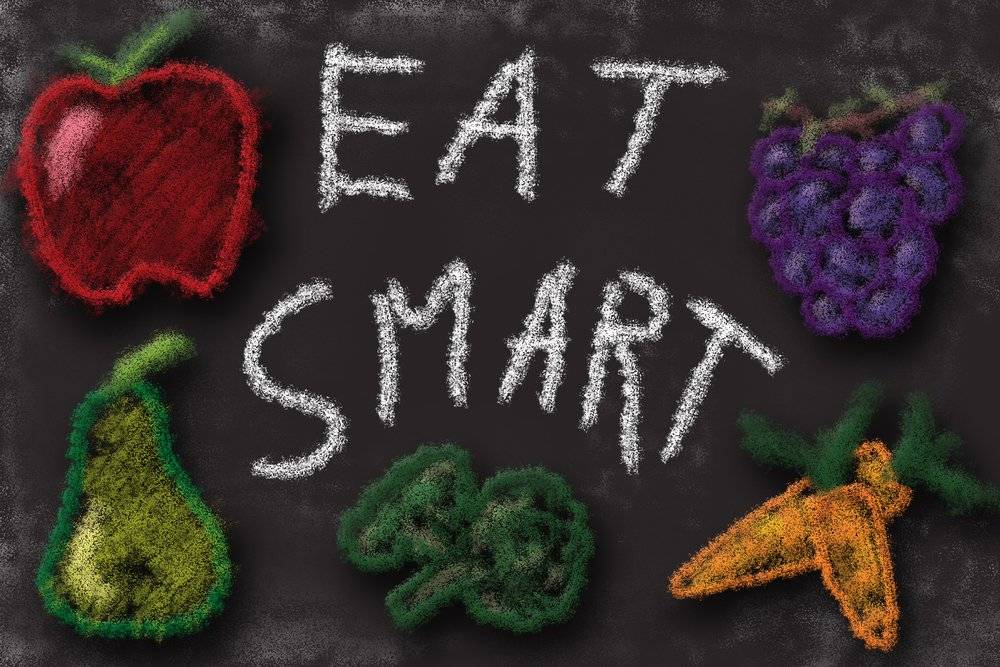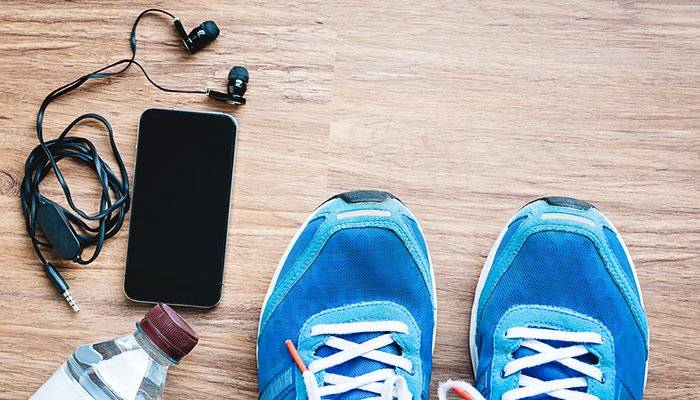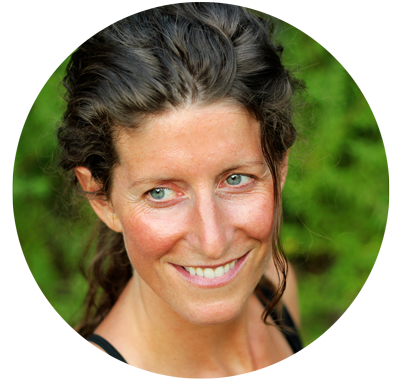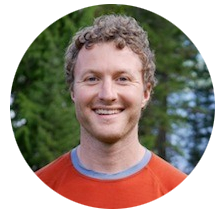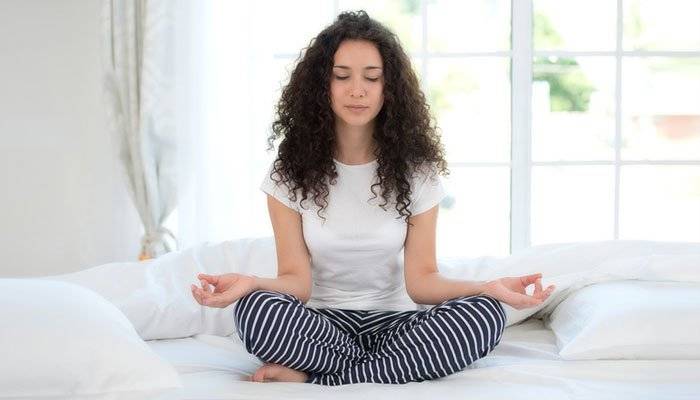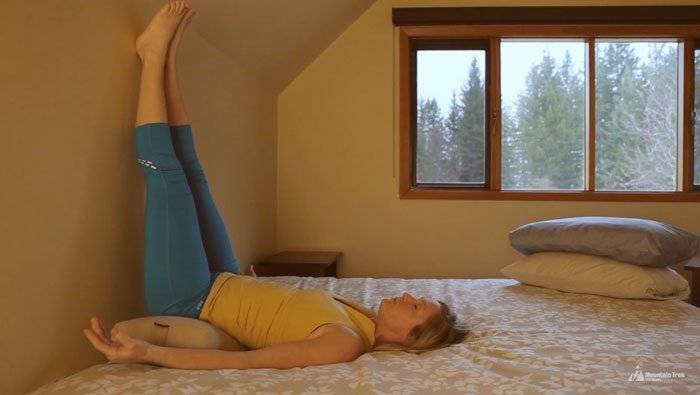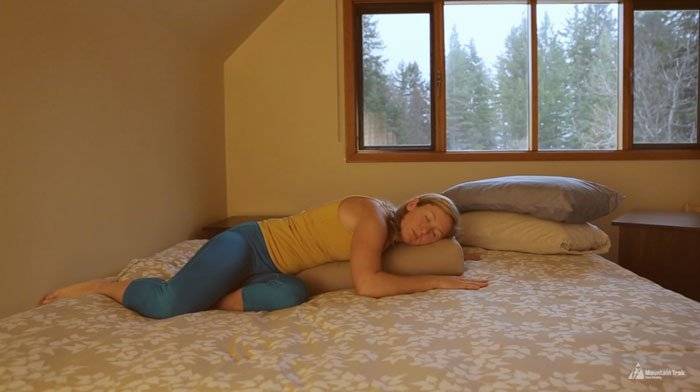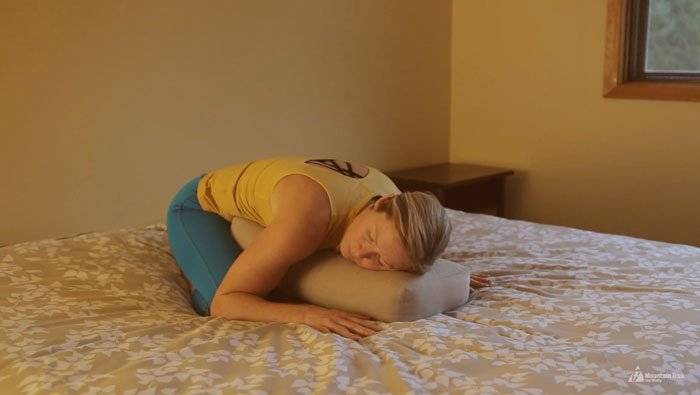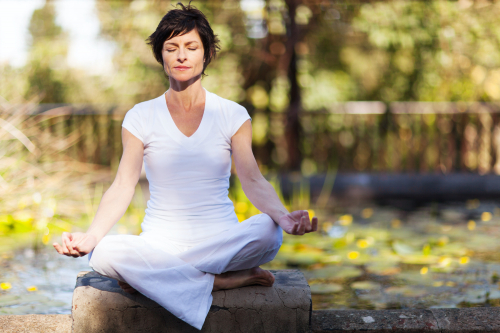Engaging Your Core For Fitness
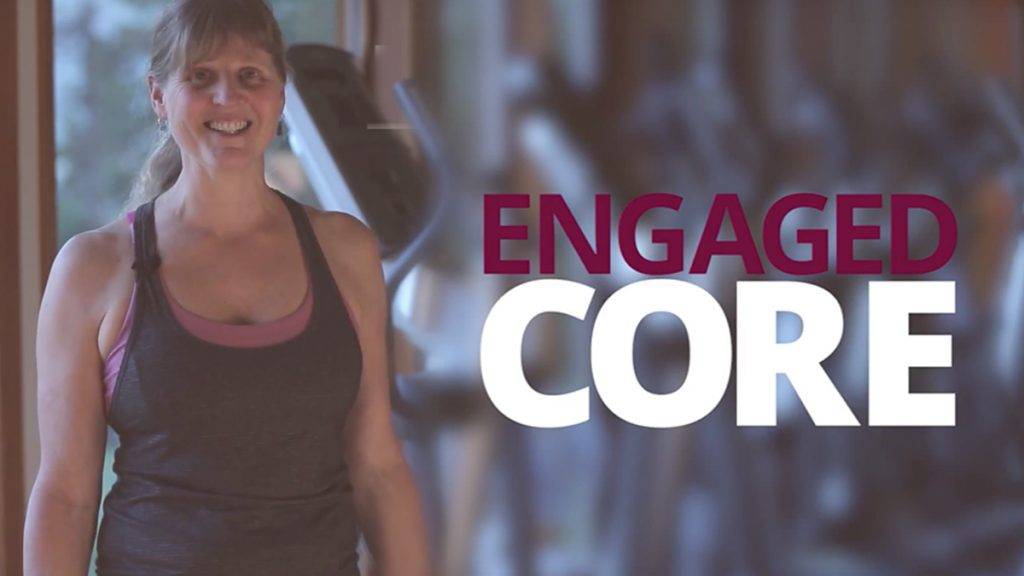
As the name suggests, our core is integral to every movement we make. It’s a complex series of muscles that extend well beyond your abs and include everything except for your arms and legs.
In this article, and in the video below, Mountain Trek’s fitness director Cathy Grierson talks about how to engage your core for whatever it is you’re doing, whether you’re walking, working out at the gym, or even just sitting at your office desk.
Related Article: How to Engage and Strengthen Your Core
However, before we begin, let’s look at what exactly the core muscles are. Most of us believe they’re the six-pack abs you’ll find on male underwear models but that’s the case at all. Your core extends far beyond your abdomen and includes two types of muscles: stabilizers and movers. This muscle group is incredibly important as our stabilizer and mover core muscles play a role in almost every movement we make! Many of the muscles that make up our core are hidden beneath the exterior musculature of our bodies. Some of our core muscles include the multifidus, transverse abdominals, diaphragm, and pelvic floor.
In this video, Cathy explains how to engage your core, our stabilizer muscles no matter what activity you’re involved in by using a sequence called “The Wave.”
Whether you’re an athlete or someone who’s interested in getting back in shape and engaging those core muscles again, we recommend you book Mountain Trek and enjoy Cathy’s fitness direction in person as well as all the amenities our all-inclusive resort offers: complimentary massages, delicious boutique spa cuisine, natural hot springs, infrared sauna, outdoor hot tub and cold plunge pool, plus a luxurious lodge in a natural setting far away from urban stressors.
What is Mountain Trek?
Mountain Trek is the health reset you’ve been looking for. Our award-winning health retreat, immersed in the lush nature of British Columbia, will help you detox, unplug, recharge, and roll back years of stress and unhealthy habits. To learn more about the retreat, and how we can help you reset your health, please email us at info@mountaintrek.com or reach out below:

